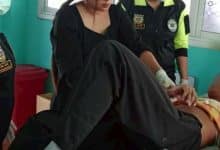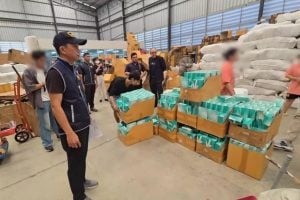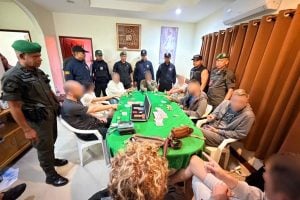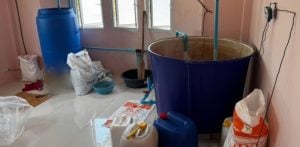Thai schools versus international schools
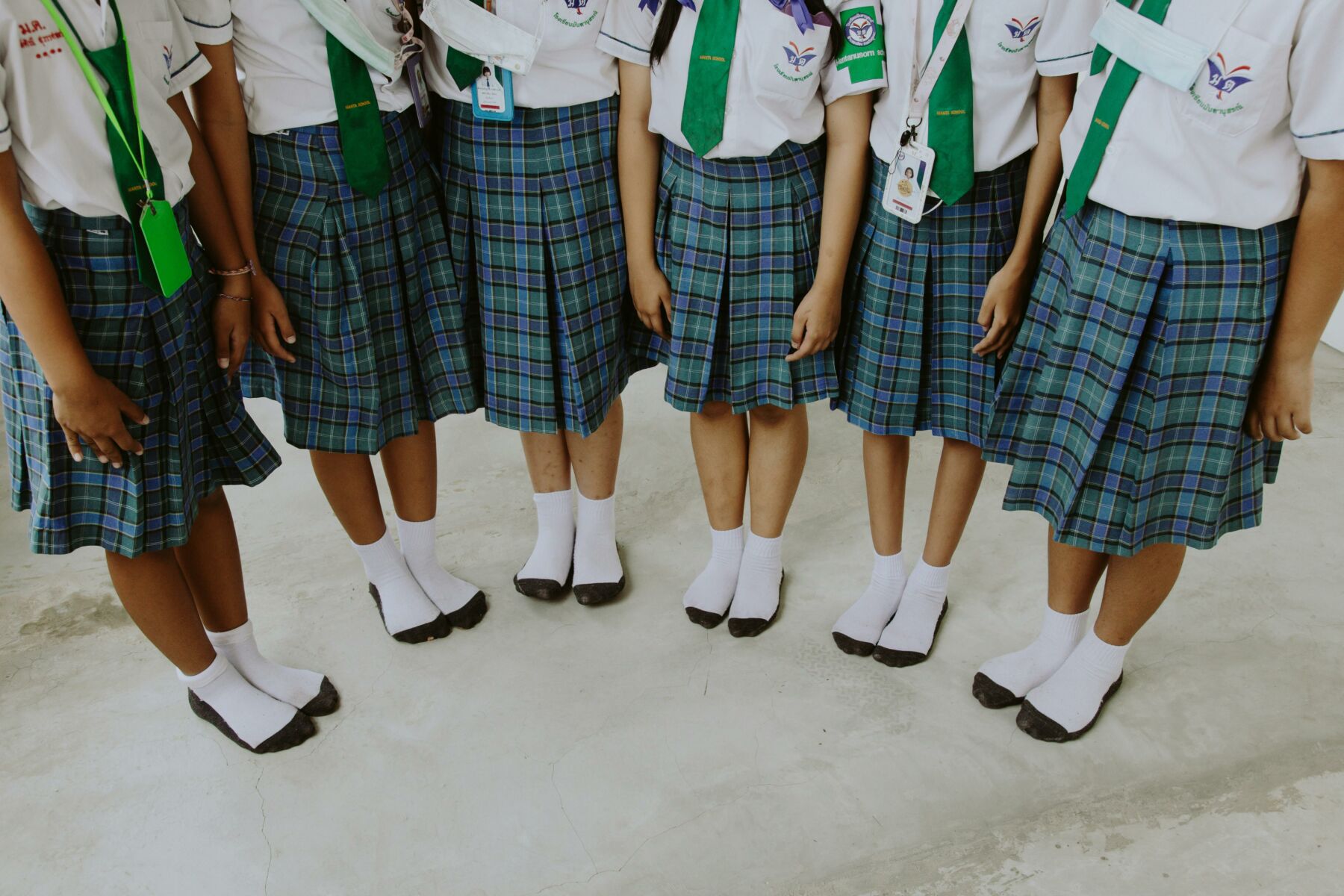
Navigating the world of international education can be a complex journey, particularly when comparing the unique characteristics of schools in different countries. One compelling case is the distinction between Thai schools and international schools.
While international schools predominantly operate in English, Thai schools immerse students in the local language, offering an authentic cultural experience. Moreover, the accreditation and recognition from international bodies that international schools contrast sharply with the Thai national curriculum followed by local schools.
Striking differences also extend to the teaching staff, with international schools often recruiting globally experienced educators, while Thai schools usually employ locally trained teachers. This introduction will delve deeper into these fascinating contrasts, offering insights into the unique educational landscapes of Thai and international schools.
Overview of the Thai educational system
Thai schools, like many other institutions, have evolved over time. However, it is essential to appreciate the unique path that Thai education has followed. The implementation of educational reforms has marked its distinct stages, dealing with various facets such as infrastructure, curriculum, and teaching methodology. Time and again, these reforms have reacted to pressing issues like administrative corruption, funding shortages, and sudden governmental mandates that potentially impede the delivery of quality education. A key yet controversial reform included changing class sizes, aiming to improve student-teacher interactions but effectively leading to larger class sizes.
Cultural influences on education

Thai education, much like elsewhere, is not devoid of cultural influences. This section explores two primary cultural aspects that shape Thai schools: patriotism and an emphasis on community discipline.
The role of patriotism
Patriotism plays a crucial part in Thai schools, reflecting the deep-seated respect for national ties prevalent in Thai society. The country’s history and cultural legacy are fundamental elements of the curriculum. Pupils learn about the nation’s rich heritage, its rulers, and social norms, fostering a strong sense of national identity. It becomes evident when comparing Thai schools with those from other countries, where the focus might lean more towards global consciousness and international historical events.
Emphasis on community and discipline
Community and discipline take centre stage in the pedagogical approaches of Thai schools. Lessons extend beyond academics, embedding values of respect for elders, cooperation, and amicability within community circles. This contrasts starkly with schools in other countries that may place a premium on individual achievement and competitiveness. Discipline, paramount in the Thai educational system, is often enforced through uniform regulations, punctuality, and the observance of traditional Thai manners, reinforcing values of respect and orderliness. This pervasive sense of community and discipline offers a unique facet to the educational dynamic of Thai schools when set against an international backdrop.
Teaching and learning approaches

In this section, we will delve into the contrasting teaching and learning styles and methods in Thai schools and other international education systems.
Rote learning versus critical thinking
Thai schools traditionally emphasise rote learning, a teaching method where information is memorised through repetition such as multiplication tables or historical facts. This approach aims to instil knowledge precisely and uniformly among students. Alternatively, many other countries place higher importance on critical thinking. Critical thinking involves analysing and interpreting information, rather than merely memorising it. For instance, in learning history, students would analyse the causes and effects of an event, encouraging individual insights rather than repeating textbook facts.
Teacher-student relationships
In Thai schools, teacher-student relationships portray a hierarchical structure, mirroring Thai society’s high value of respect for elders and authority figures. For example, students would typically stand when a teacher enters the room. The relationship dynamic is less formal in other countries, fostering an environment of equality and mutual respect. For instance, in many countries, open discourse and debates between students and teachers are encouraged. This contrasting approach facilitates different learning environments, further diversifying the educational experience. This discussion on teaching and learning approaches adds another layer to the comparison between Thai schools and other countries’ education systems.
Examination and assessment
In terms of examinations and assessments within Thai schools, you will notice uniquely structured tests. Under two main categories, we will analyse the National Educational Tests and the Secondary School Admissions Process. Both of them have distinctive characteristics, setting Thai schools apart from schools in other countries.
National educational tests
Thailand employs National Educational Tests, specifically designed by the National Institute of Educational Testing Service (NIETS), to measure pupils’ academic progress. This category of tests is inclusive of the Ordinary National Educational Test (ONET) and Vocational National Educational Test (VNET). Notably, the ONET used to be a mandatory requirement for university admissions but, as of 2022, it has become optional and no longer used for this purpose.
Secondary school admissions process
Diving into the admissions process, students must undergo an entrance exam to gain admittance to an upper-secondary school in Thailand. Completion of each academic level requires students to pass a different type of NET (National Educational Test) to graduate. These exams, coupled with the required six years of elementary school and at least the first three years of high school, prepare students for the ONET (Ordinary National Educational Test) and ANET (Advanced National Educational Test). These two sets of tests are essential benchmarks for students who complete their sixth year of high school.
Upon completing basic education, namely elementary school and lower secondary school, Thai students have the choice to either continue to upper secondary school or proceed with vocational training. Each path requires passing an entrance exam. As a final rite of passage, graduating from upper secondary education necessitates sitting another exam, the National Educational Test (NET). In contrast to the norm in other countries, Thai schools also incorporate homeschooling within their system, provided the students are registered and undertake annual assessments.
All in all, Thai schools showcase an examination and assessment scheme that significantly differs from connections found in other countries’ educational systems.
Comparison with other countries

Digging further into the nuances of educational systems, we will explore the approaches in bilingual and international schools. Additionally, the direct and indirect impacts on student outcomes will be discussed, providing a more rounded idea of the Thai schooling experience and how it compares with other countries.
Approaches in bilingual and international schools
Bilingual and international schools offer a unique vantage point for comparing educational approaches. In Thailand, these institutions are generally infused with the ethos of Thai values while utilising an international curriculum, striking a fine balance. They pertain to global education markers, preparing their students to navigate a largely interconnected world. Expressly, these schools integrate English communication and an array of subjects geared towards future workforce competency, as part of the Thai General Aptitude Test (TGAT). Diverse international frameworks are employed, aligning with the needs of the global community.
If we compare this to the international educational scenario, we will notice distinct variations. For instance, the Finnish focus on student well-being and the absence of uniform testing till high school signifies an approach towards fostering creativity and critical thinking. Alternatively, the American emphasis on extracurricular activities and holistic development exposes students to a breadth of experiences, creating well-rounded individuals. Each international system reflects its unique cultural values and the aspirations it holds for the younger generation, presenting an interesting contrast to the Thai methodology.
Impact on student outcomes
The Thai educational system, with its focus on rote learning and standardized testing, presents specific student outcomes. Thai students often experience intense pressure to perform exceptionally well in exams, resulting in a competitive academic environment. Although this could promote intensive learning, it may also spur mediocrity for students who are not naturally inclined to such a learning style.
Consequently, contrasting practices across different countries lead to an assortment of student outcomes. Each of these setups, including Thai schools, tailors to their specific ethos and desired student progress, contributing to the richness of global education.
You can also check out a guide to mastering the Thai education maze, Thailand hosts over 30,000 schools, nurturing more than 20 million students through a well-organized framework. Education here spans 12 years and is compulsory for nine of those, divided into two main phases: primary and secondary education.
Latest Thailand News
Follow The Thaiger on Google News:

